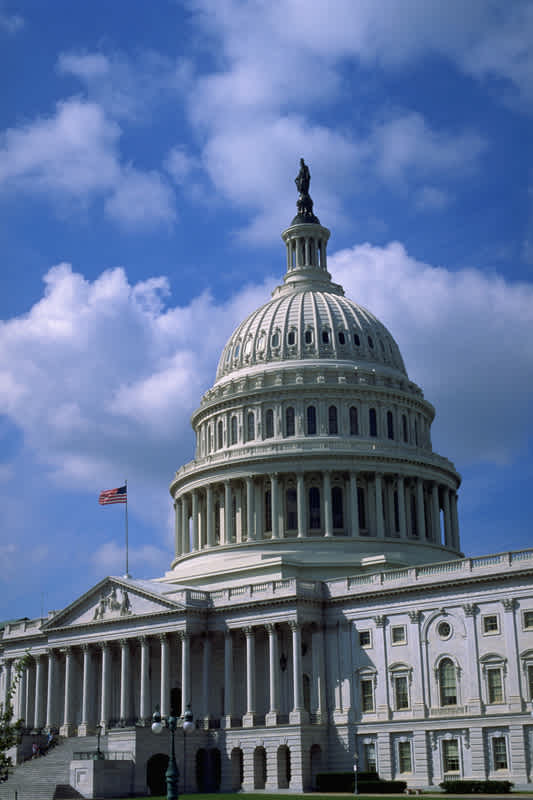
October 5, 2016
Pirates and Their Parrots
Pirates and Their Parrots
Parrots have been common in shipping since the golden age of piracy. Not much has changed, except now instead of colorful birds repeating the words of their pirate masters, we have so-called industry analysts repeating the words of shipping line executives. Not unlike their pirate forebears, some of these greedy suits seem to be spreading false rumors designed to undercut their rivals on the high seas.
In the wake of last month’s collapse of Hanjin, the world’s seventh largest ocean carrier, freight executives and industry analysts have been searching for answers to a single question: Who’s next?
For the last month we’ve heard a steady stream of rumors about the “imminent” collapse of one of Japan’s flagship carriers, Kawasaki Kisen Kaisha (K-Line). The rumors come from all sides, including rival ocean carriers, shippers, warehouse operators, trucking companies, port terminal executives, and even analysts and journalists.
On the surface, the idea of K-Line going under seems plausible, if not downright expected. The liner lacks the scale required to ride out a price war with the major global players, and it’s not government-owned so a bailout is far less likely. One could be forgiven for believing that K-Line is the next Hanjin.
And with sales people from rival transportation company APL Logistics aggressively spreading the rumor of K-Line’s imminent demise, it’s not hard to imagine how shippers with cargo still stuck on Hanjin’s ships would immediately begin shifting freight away from the Japanese carrier. However, to pull cargo from K-Line on the basis of such rumors, especially those spread by rival sales teams, would be foolish.
K-Line’s balance sheet and cash flow statement reveal that there is truly no “Hanjin risk” here. The company is not doing great, but also not worryingly bad. K-Line recorded earnings before interest, taxes, depreciation and amortization (EBITDA) of $84M in the year ending March 2016. In the long run we of course need to look at EBIT, not EBITDA, as businesses have to reinvest to replace depreciated assets.
K-Line’s EBIT for the same period was disastrous at negative $457M, but most of this is not a hit on cash, rather a depreciation of its assets. If K-Line were to reinvest in new ships at a normal pace, they would have to spend around $500M on new assets. But in a market of massive overcapacity, reinvesting is out of the question, so there isn’t a risk of bankruptcy here, despite the massive earnings loss.
So what are the metrics to look at? Simple: cash flow and cash reserves. In the year ending in March 2016, K-Line took a cash loss of $95M, but had cash reserves of $3.6B, or around 40X their negative cash flow. That’s sufficient to weather a storm, even if the waves grow. Of course in the long term the business will need to reinvest, so we’ll want to evaluate the business on EBIT, but that situation is very different from being on the verge of near-term bankruptcy.
The sad thing is, all these “industry analysts” are spreading rumors about a public company whose financials are available to all. That means not one of them was capable of analyzing financial statements to fact-check their sources, or, just as likely, that doing so would be inconvenient when parroting rumors of a collapse captures so much more attention.
Centuries have passed since Captain Blackbeard roamed the West Indies, but pirates and their parrots are still active on the high seas.





